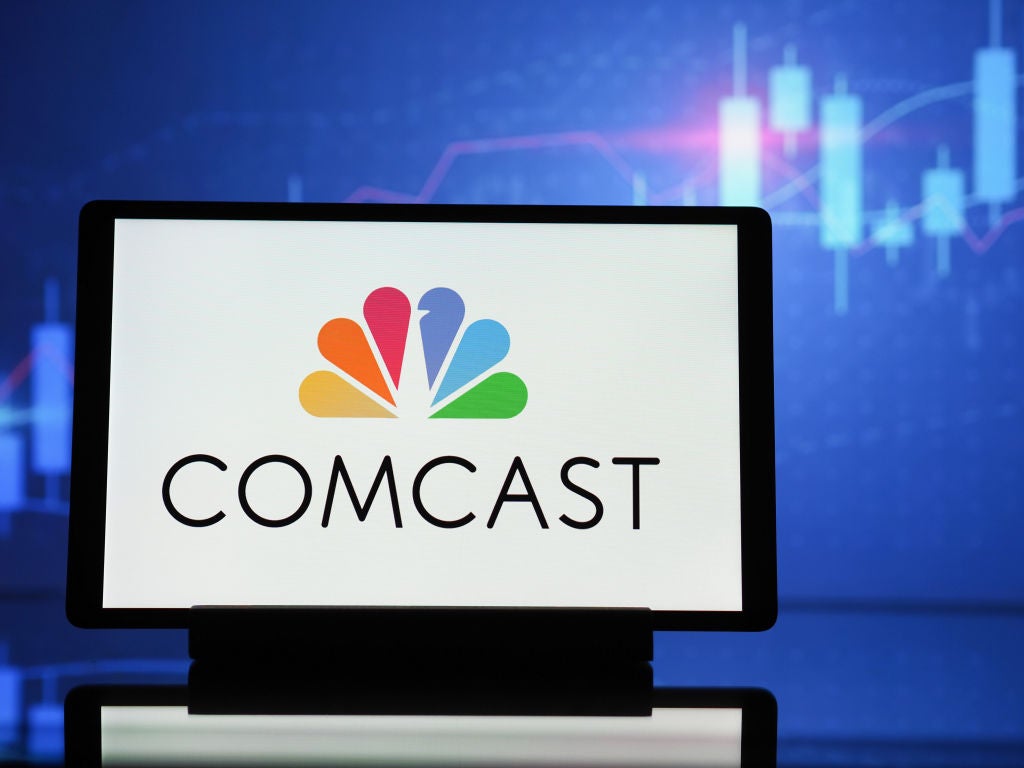
Telecoms providers worldwide are starting to market their 5G capabilities, with tests and even commercial services set to launch as early as the tail-end of this year. But what is 5G, anyway? And what will those early services look like?
Those consumers dreaming of augmented reality shopping malls, self-managing robotic house-cleaners and self-driving cars in the near-term will need to steel themselves for a disappointment.
There’s no doubt that in the longer term, 5G will come to represent so much more than merely ‘go-faster’ wireless broadband – but unfortunately, that’s probably just how the earliest services will come to market.
Without going too far into the techy details, the dawn of 5G will allow telcos everywhere to start creating and commercialising a bunch of new network management features, such as network slicing, to sell connectivity against specific use cases ‘as-a-service’.
Until now, the quality and performance of a wireless service has been pretty much the same for everyone – and everything.
What is 5G going to offer and allow?
5G will allow telcos to create customised services for applications with, say, particularly high latency capabilities – such as a self-driving car – whilst on the other hand sell a set of dumbed-down services for use cases with low or non-mission critical performance requirements, such as an IoT-enabled fridge that will need to put in for a new order of milk as required.
How well do you really know your competitors?
Access the most comprehensive Company Profiles on the market, powered by GlobalData. Save hours of research. Gain competitive edge.

Thank you!
Your download email will arrive shortly
Not ready to buy yet? Download a free sample
We are confident about the unique quality of our Company Profiles. However, we want you to make the most beneficial decision for your business, so we offer a free sample that you can download by submitting the below form
By GlobalDataWhat’s the difference? Well, the order for fresh milk can be logged at pretty much any time of the day or night. A millisecond of decision delay for a self-driving car, on the other hand, could trigger a multi-vehicle accident on a high-speed motorway, with a high death toll.
Are we ready for 5G?
But problematically, none of the devices, solutions, or even in some cases, security standards, are quite ready for 5G, and for this reason, we’ll almost certainly see the first 5G services come to market as a ‘fixed wireless’ alternative to fast home broadband.
So, how will telcos market the 5G differentiation in these early days? That’s a problem that telcos everywhere are struggling with.
Recently, Verizon has chosen to differentiate its ‘coming soon’ 5G Broadband Fixed Wireless service with content partnerships. The service is likely to launch in the second half of this year in Houston, Sacramento, Los Angeles and Indianapolis with a promotion featuring either a free subscription to YouTube TV or an Apple TV 4K device.
The tactic is likely to be replicated by other US telcos, and elsewhere. Naturally, video and TV content can be delivered with other, older types of broadband technology as well – such as fiber, cable, DSL, or even 4G, which means the onus will be on telcos to market the ‘so what?’ of a 5G service, that appears to be able to deliver no more than earlier technologies.
Why don’t telcos just wait for the 5G ecosystem to mature, before going for a full commercial launch?
Deep in the telco DNA, there’s an unshakeable prerogative to ‘be first’ to launch new technologies, and 5G will be no different in that respect.
The irony here, is that in launching 5G as a ‘go-faster’ wireless broadband service, telcos will have their work cut out for them convincing consumers of a pricing premium required to finance 5G into the next new use case phase – the phase for which it was really intended, all along.






Related Company Profiles
Apple Inc